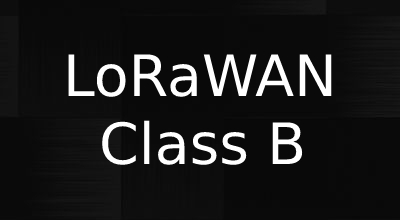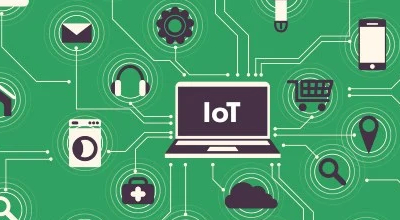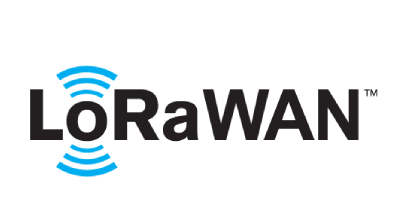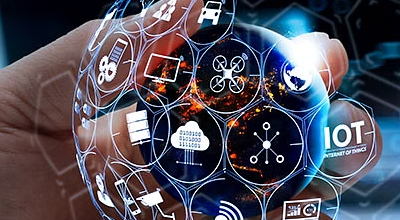
Azure IoT Hub
The Azure IoT Platform
Azure IoT is a cloud platform that enables users to connect, manage, and analyze data from internet-connected devices. It provides a range of services that allow users to build, deploy, and operate IoT solutions, including:
- IoT Hub: A fully managed service that enables secure and reliable bi-directional communication between IoT devices and the cloud.
- IoT Central: A fully managed software as a service (SaaS) solution that enables users to quickly build and deploy IoT solutions without the need to manage infrastructure.
- IoT Edge: A service that enables users to deploy cloud intelligence directly onto IoT devices, allowing them to perform tasks locally and reduce the amount of data sent to the cloud.
- Azure Time Series Insights: A service that enables users to store, visualize, and analyze time-series data from IoT devices.
Azure IoT also integrates with a range of other Azure services, such as Azure Stream Analytics, Azure Functions, and Azure Machine Learning, allowing users to build powerful end-to-end IoT solutions that can analyze data in real-time and take automated actions.
How to use Azure IoT Hub?
There are several steps you can follow to use Azure IoT Hub:
- Sign up for an Azure account and create an Azure IoT Hub instance. This can be done through the Azure portal or using the Azure CLI.
- Connect your devices to the IoT hub. This can be done using a variety of protocols, including MQTT, AMQP, and HTTP, and Azure provides a range of libraries and SDKs to make it easy to connect devices to the hub.
- Send data from your devices to the IoT hub. Once your devices are connected to the hub, you can use the Azure IoT SDKs to send data from your devices to the hub. The data can be in the form of telemetry, events, or messages.
- Receive and process data from the IoT hub. You can use Azure Stream Analytics, Azure Functions, or Azure Logic Apps to receive data from the IoT hub and process it in real-time. You can also store the data in Azure storage or Azure SQL Database for later analysis.
- Visualize and analyze data from the IoT hub. You can use Azure Time Series Insights or Power BI to visualize and analyze data from the IoT hub. You can also use Azure Machine Learning to build predictive models based on the data.
- Manage and maintain your IoT solution. Azure IoT Hub provides a range of tools and services to help you manage and maintain your IoT solution, including device management, security, and monitoring.
What is an example use case for azure IoT hub?
- Supply chain optimization: Companies can use Azure IoT Hub to track the location and condition of goods in transit, enabling them to optimize their supply chain and reduce costs.
- Smart agriculture: Farmers can use Azure IoT Hub to collect data from sensors on their fields and use machine learning to optimize irrigation, fertilization, and pest control.
- Energy management: Building managers can use Azure IoT Hub to collect data from sensors on heating, ventilation, and air conditioning systems to optimize energy use and reduce costs.
- Environmental monitoring: Governments and organizations can use Azure IoT Hub to collect data from sensors in the environment, such as air quality or water quality sensors, to monitor and protect the environment.
- Healthcare: Healthcare organizations can use Azure IoT Hub to collect data from wearable devices, such as smart watches and fitness trackers, to monitor the health of their patients.
What microcontrollers work with Azure IoT?
- Arduino: Arduino is an open-source electronics platform based on easy-to-use hardware and software. Azure provides a range of libraries and tools for Arduino that make it easy to connect Arduino-based devices to Azure IoT Hub.
- Raspberry Pi: The Raspberry Pi is a low-cost, credit-card-sized computer that can be used to build a variety of IoT solutions. Azure provides a range of libraries and tools for the Raspberry Pi that make it easy to connect these devices to Azure IoT Hub.
- ESP32: The ESP32 is a low-cost, low-power microcontroller that is popular for building IoT solutions. Azure provides a range of libraries and tools for the ESP32 that make it easy to connect these devices to Azure IoT Hub.
- STM32: STM32 is a family of microcontrollers that are widely used in a variety of applications, including IoT. Azure provides a range of libraries and tools for STM32 microcontrollers that make it easy to connect these devices to Azure IoT Hub.
- Other microcontrollers: Azure IoT also supports a range of other microcontrollers, including those from companies such as Texas Instruments, Microchip, and NXP. Azure provides a range of libraries and tools for these microcontrollers that make it easy to connect them to Azure IoT Hub.



